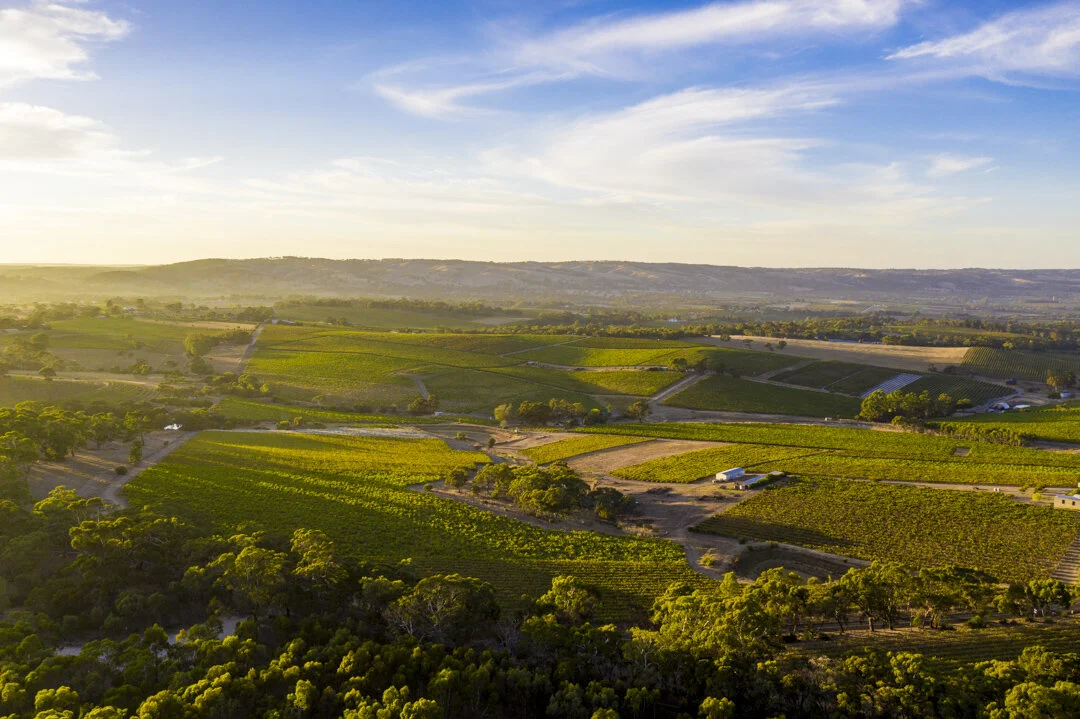Lazy Ballerina wines made:
Shiraz, Grenache, Riesling (Clare Valley), Sauvignon Blanc, & NV sparkling wines.
Vintage Report by James Hook
The local wine community is heralding Vintage 2021 as one of the best of the 21st Century. Overall vineyards in the McLaren Vale Wine Region were more productive, with higher yields at harvest, compared to recent seasons. Importantly the increase in vine yields was combined with excellent quality which was well received by the region’s winemakers.
The reported crush of winegrapes from McLaren Vale was 36,659 tonnes in 2021, up by 28 per cent compared with the 2020 reported crush of 28,751 tonnes.
Overall the season was average for rainfall, but this fell primarily early in the growing season well before there was ripening fruit. The season was started well as it was the wettest spring since 2010/11. September and October were both wetter than average months. This was welcome after a run of dry spring conditions from 2018 onwards which been contributing to low crop yields. The weather was also warmer than average for both daytime and night-time temperatures. Improved climatic conditions for vine growth increased the vigour of vines, and general vine health compared to the last few seasons.
Spring rain did see an outbreak of Downy Mildew begin in some vineyards, but this was quickly suppressed. The wet season ended with a much drier than average November. November 2020 was the driest since 1990 and was a definite hard end to Spring.
November also proved to have the average daily maximum temperature for growing season. This is a rare occurrence. The summer months of January or February are usually the warmest. Both daytime and night-time temperatures for summer were cooler than average. One of the warmest days for the season was on November 27th which was 38.8°C.
The warm November coincided with flowering. Driven by warm temperatures flowering progressed quickly sites generally took between ten and twenty days from the first capfall to berry set and was completed by the end of November.
There was mild weather through December. There were only two days above 35°C. January was slightly hotter but still below average. The hottest day was 24th January, which triggered a bushfire at Cherry Gardens nearby in the Adelaide Hills, with 42.9°C recorded at Noarlunga. The temperatures in February were ideal with no days above 35°C and temperatures staying around the high 20s and low 30s each day.
Veraison in red grapes and softening in whites was later than typical, early February, and ripening was steady. There were a few rain events of 10-20mm during ripening, but this has only a minor effect on harvest. Botrytis levels were almost nil except for a few cases of tight bunches, or sites that had insect damage.
Grape picking took 8 weeks to complete starting at full pace in the first week of March and ending in the second week of April. It was a long, drawn out vintage compared to what has been the recent experience. The reports from winemakers on wine quality has been good, with winemaking made easier by cool weather and gentle ripening.


